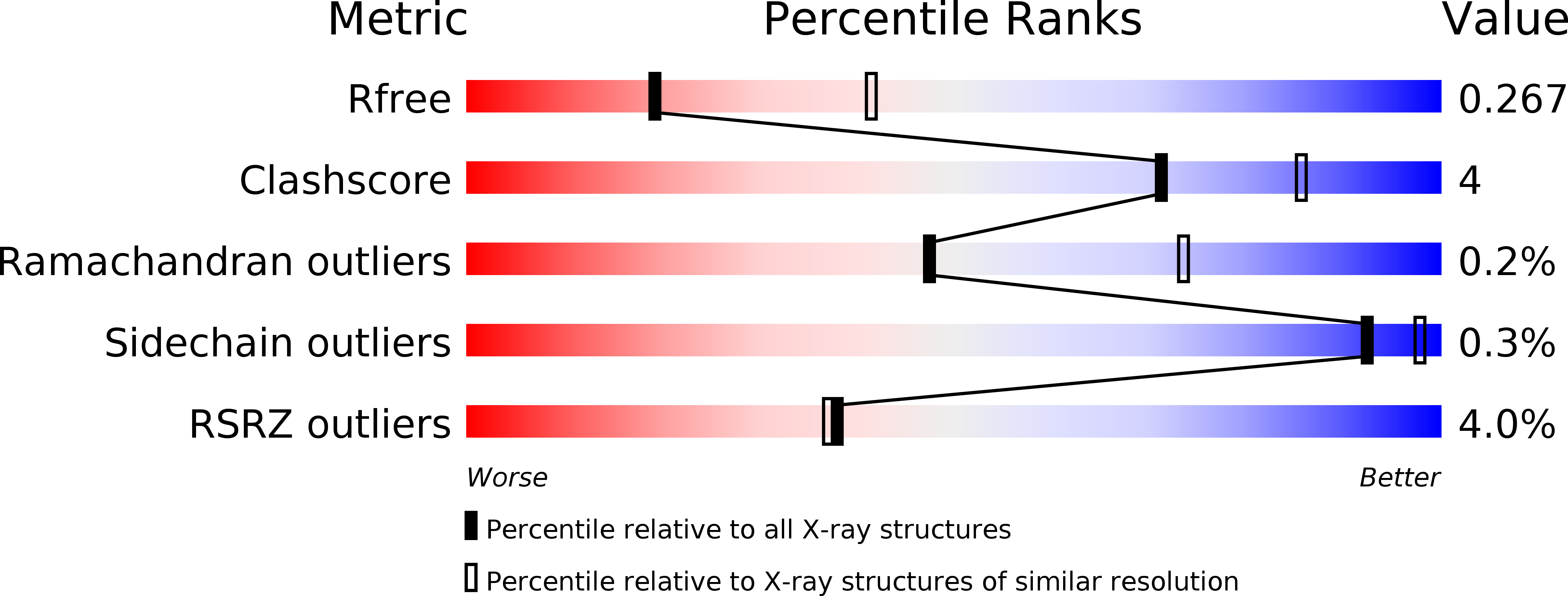
Deposition Date
2016-05-24
Release Date
2017-01-11
Last Version Date
2024-03-20
Entry Detail
Biological Source:
Source Organism:
Saccharomyces cerevisiae (Taxon ID: 889517)
Host Organism:
Method Details:
Experimental Method:
Resolution:
2.70 Å
R-Value Free:
0.26
R-Value Work:
0.20
R-Value Observed:
0.21
Space Group:
I 41 2 2


